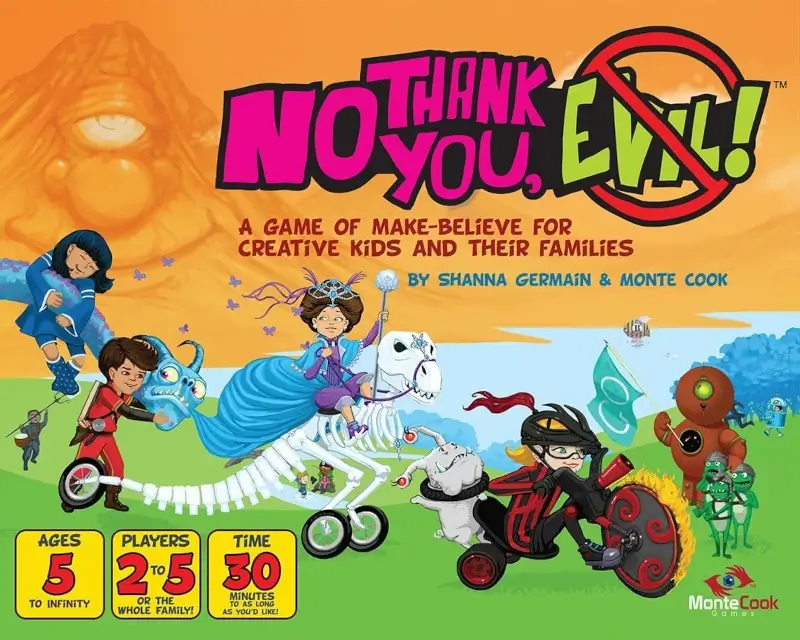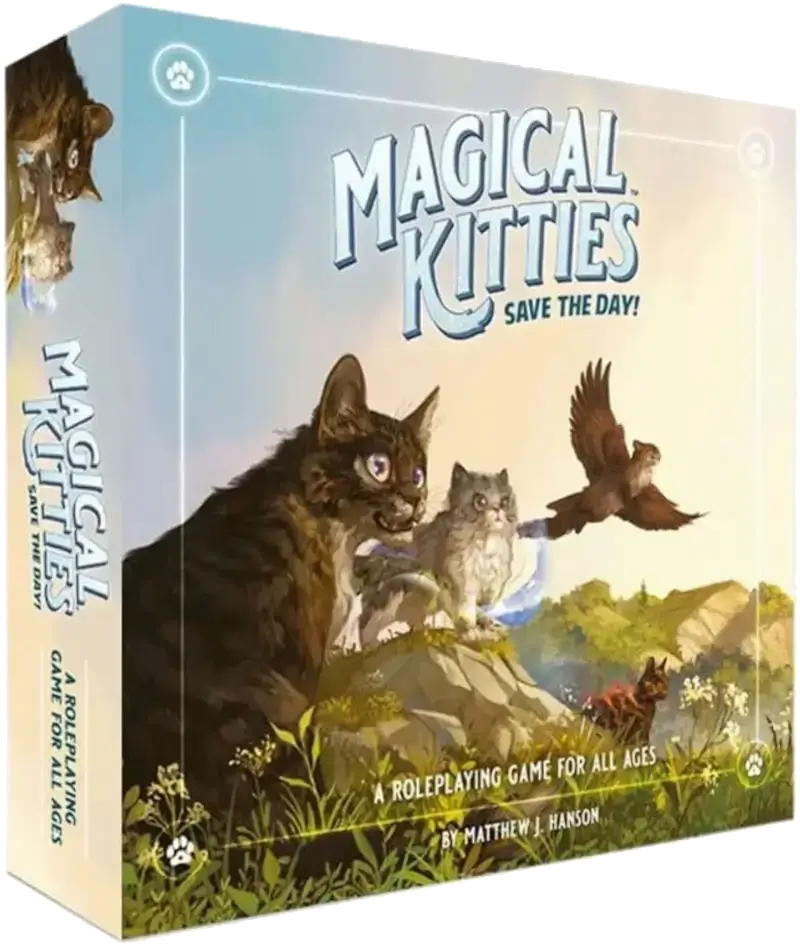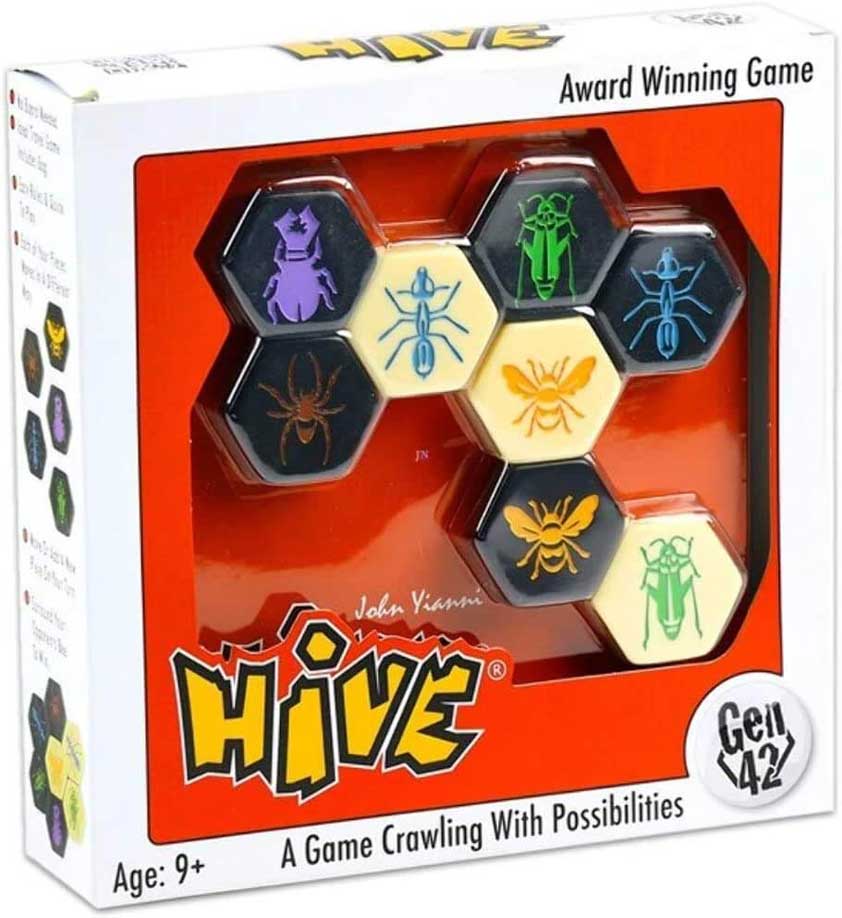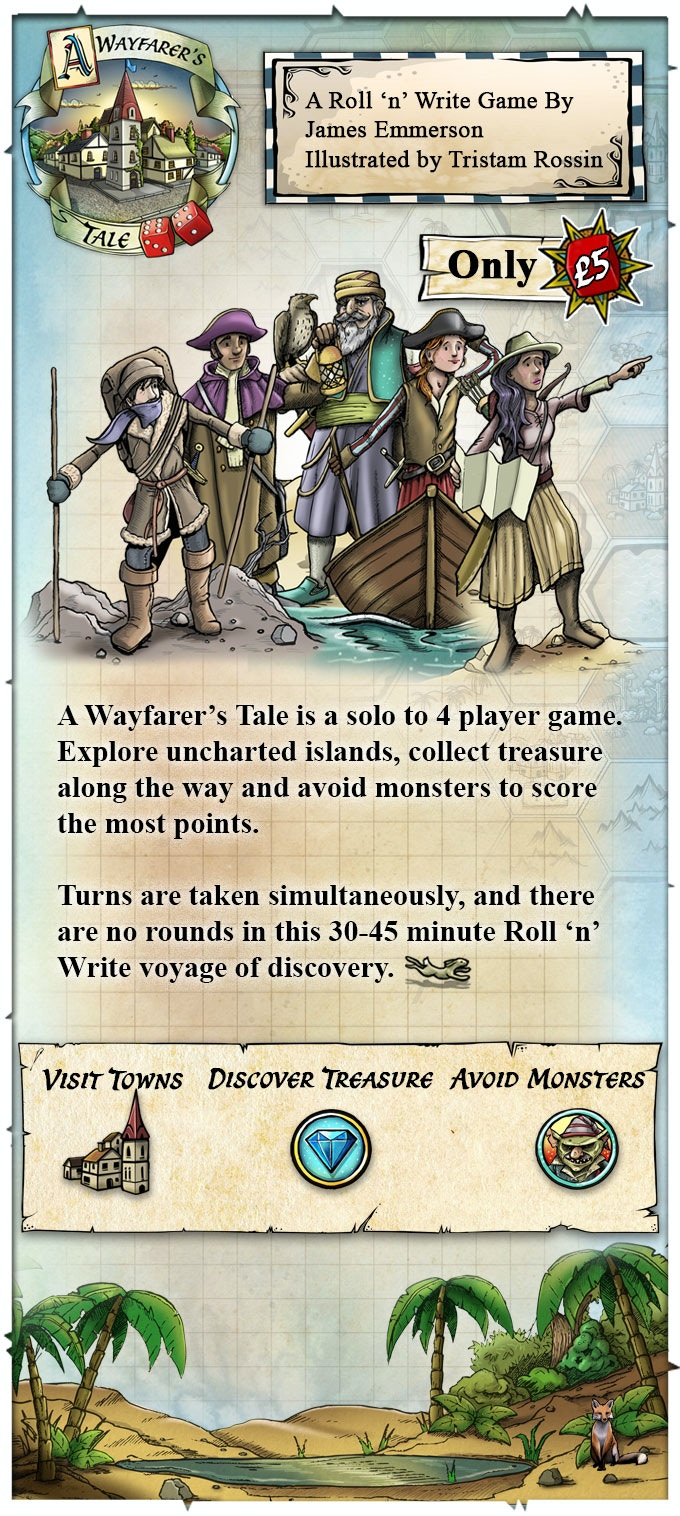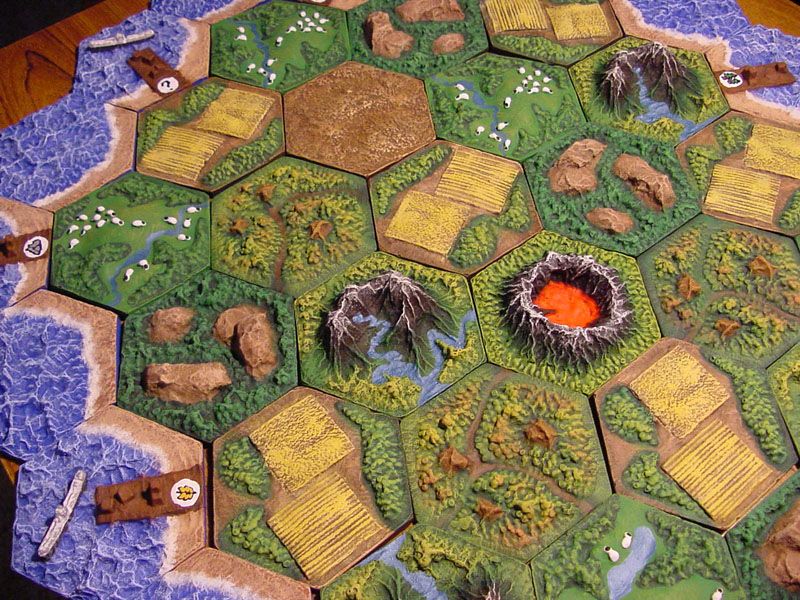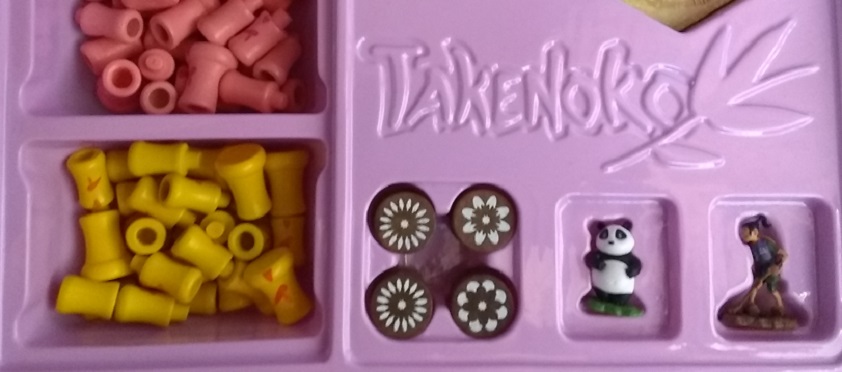Years ago I ran a site called PlunderCove. It was a pirate themed site all about casino gaming. This post, and likely some future posts, is an adaptation of one of the articles I wrote for that site. It’s my content after all. Might as well use it. That said, it’s been over a decade, and my writing has improved, so I’ll be cleaning it up quite a bit.
If you came here looking for a Backgammon set, follow this link.
Backgammon – What is it?
Well, quite obviously it’s a game, a very old, but still popular game.
The point of backgammon is to move your pieces off the playing board before your opponent does the same. You roll the dice, move your pieces around the board and eventually out of play. It sounds simple, but it’s actually a very complex and competitive game.
In the simplest sense, you roll two six sided dice and move either two pieces (checkers), with each moving the number of pips shown on one of the dice, or one piece moving spaces equal to the combined total of the pips shown. If you roll doubles however, treat the roll as if you had thrown four dice with the same number (see rules below for more detail).
The trick with moves in backgammon however is the number of pieces on any given point (the triangle shaped spaces). You cannot finish a move on a point where your opponent has two or more checkers. If they only have one however (called a blot), you can land on it (called hitting) and place their checker on the center bar. To return a hit piece to play your opponent must first roll a number equal to an open point on your home board – a dangerous place to be. Obviously you want to try to protect your pieces by keeping them doubled up when in harms way.
Did I mention that players move in opposite directions? Now maybe you can see where backgammon goes from lucky tosses of the dice to a complex game of skill.
Backgammon Rules
Set Up – Backgammon is a two player game, played on a board consisting of four quadrants of six points (the narrow triangles in the pic below) each of alternating color. In the picture below, the bottom of the image would be towards you, the light player.
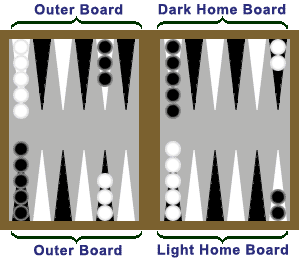
The Object of the Game – Your goal is to move your checkers to your home board and then bear them off (remove them from the board). The first player to bear off all their checkers wins the game.
Game Play – In the image above, players would be seated on the side of their home board (light moving counter-clockwise and dark clockwise). To start the game each players throws a single six-sided die. The player rolling the highest number uses both dice as their starting roll. Ties are rolled again.
From then on, each player takes alternate turns, throwing two dice and moving their checkers. Depending on the toss and strategy the player whose turn it is moves either two checkers, each the number of pips shown on one of the dice, or moves one checker twice, once for each die throw. If a player rolls doubles however, the roll is treated as if they threw four dice of the same number!
A roll of 4, 2 would mean either moving one checker 4 spaces and one 2, or moving one checker 6 (4 + 2). A doubles roll of 4, 4 would give you sixteen total spaces to move in some combination divisible by four: (4, 4, 4, 4), (8, 8), (4, 12), (4, 4, 8) or (16).
Rules of Movement in Backgammon – Movement is dictated by a couple important rules.
• A checker can only be moved to an open point. A point is considered open if it is not occupied, is occupied by the player’s own checkers, or is occupied by only one of the opposing player’s checkers. Essentially, if the other player has two checkers on a point, you can’t finish your move on that point.
• Each die represents a distinct move, neither of which can finish on a closed point. In the 4, 2 example above, if the player chose to move one checker the full 6 points, both the move of 4 and the move of 2 would have to end on open points.
• A player throwing doubles plays the throw twice. A roll of 4, 4 becomes 4, 4, 4, 4 to be played in any combination of checkers they see fit, so long as each move lands on an open point.
• If possible within the rules, a player must use both numbers of a roll (or all four in the case of a double). If only one number can be played, it must. If either, but not both can be played, the higher of the two must be played. If neither die represents a possible move, the player loses their turn. With doubles, where all four cannot be played, the player must play as many as possible.
The Rules of Hitting and Entering – If a point is occupied by a single checker (called a blot), an opposing player can finish their move on that point (called a hit) and move their opponent’s checker to the bar (raised middle section of the game board).
A player with a checker on the bar must enter play before making any other moves. To enter, there must be an open point in their opponents home board equal to one of the dice in their roll. If both dice show an open point, then either may be used for the entering move. If neither die represents an open point, the player loses their turn.
If a player has more than one checker on the bar, each must be entered before any other moves are made. Once a player has entered their last checker from the bar, if there is a die left to play, it must be played as per the rules of movement.
Bearing Off – Once a player moves all their checkers into their home board they may begin bearing off. The six points on the players home board count down 6, 5, 4, 3, 2, 1 towards the outer edge of the board. A player may bear off a checker when it resides on a point rolled.
If there are no checkers on a rolled point, then a checker from a higher point may be moved as normal. If no checkers reside on a higher point the player must remove a checker from the highest occupied point.
Bearing off can only occur while all of a player’s active checkers reside on their home board. If a checker is hit during this time, it must be moved all the way back to the player’s home board before any further bearing off can continue. The first player to bear off all fifteen checkers wins.
Rules of Scoring and the Doubling Cube in Backgammon – Each game in a match is worth one point, with the exception of gammons, backgammons, and use of the doubling cube.
A player who feels good about their chances can, at the start of their turn, prior to rolling the dice, propose to double the point value of the game (and the bet in case of gambling). The other player can agree to the double, also claiming the doubling cube and the right to make the next double offer, or concede the game and lose points equal to the current bet. Subsequent offers to double are called redoubles, and can only be made by the current holder of the doubling cube (it changes hands with each acceptance). There is no limit on the number of times the bet can be doubled and redoubled during a game.
Variants of doubling include:
• Automatic doubles at the start of the game each time the players roll a tie when determining who goes first.
• Retaining possession of the doubling cube by redoubling immediately upon accepting a double, called a beaver.
• Jacoby Rule, where gammons and backgammons only count as a normal game if neither player has offered to double.
Gammons and Backgammons – At the end of the game, if the loser still has all their checkers on the board, it’s called a gammon. In the result of a gammon, the losing player loses twice the doubling cube. A gammoned player that still has a checker on the bar or in the home board of the winner is backgammoned, and loses three times the value of the doubling cube!
Backgammon – A Brief History
Backgammon finds its roots in ancient Egypt with a game called Senet, but has travelled the world and evolved through European and Asian variants. The game goes back thousands of years with modern backgammon finally hitting the scene in the early 1600s.
Called “Gammon” in Scotland, “tric-Trac” in France, “Puff” in Germany, “Tablas Reales” in Spain, “Tavole Reale” in Italy, “Vrhcáby” in the Czech Republic and “Shesh Besh” in Arabic speaking countries, the term “Backgammon” is said to come from either the Saxon “bac” (back) “gamen” (game) or the Welsh “back” (little) “gammon” (battle).
The addition of the doubling cube (double your bet, double your fun) was part of backgammon’s popularity spurt before World War One. Then it tailed off a bit until the 1970s when it surged again. The advent of the Internet and online backgammon lead to another surge through the 1990s and into today where millions of people the world over play online for fun and profit.
Backgammon Games
Below is a brief list of just some of the popular backgammon games played around the world. There seem to be endless variants, all with distinct and unique challenges. Clearly there’s a lot more research to be done, so please forgive any holes below.
Chouette (game for 3 or 4 players) – A captain and team play against the box
Partnership Backgammon
Sixey-Acey
Dutch Backgammon – Both players start with all their checkers off the board
Turkish Backgammon (Moultezim) – This game is similar to Narde (Russian) and Fevga (Greek variant). There is no hitting and the players move in the same direction around the board. One checker also controls a point forming a block.
Greek Backgammon (Plakoto) – Rather than hit, opponent’s checkers are pinned in position. The same game is played in Bulgaria (called Tapa).
Gul Bara – Similar game to Moultezim in that one checker controls a point. However, doubles are very powerful in Gul Bara Gioul – Middle Eastern variant with setup and movement like Plakoto, a single checker on a point forms a block as in Moultezim, and doubles are very powerful as in Gul Bara
American Acey Deucey – Popular version of the Dutch game played by the US armed Forces since World War One
European Acey Deucey – Doubles are played on both sides of the dice
French – Both players start with all their checkers off the board and doubles are played on both sides of the dice
Russian Backgammon – A race style game where both players move in the same direction
Tabard
Icelandic (Kotra)
